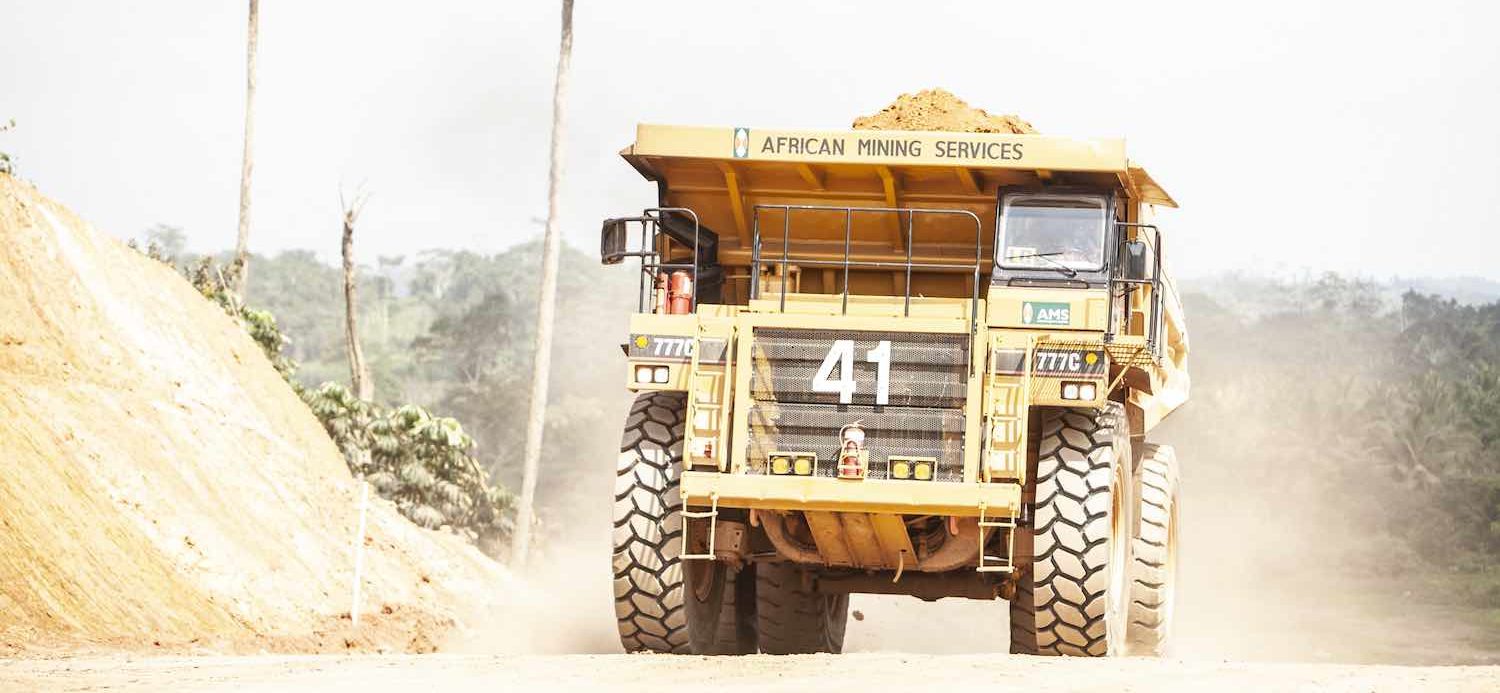
The resurgence of silica dust-related diseases has driven more traction toward changes in silica dust legislation around the world. However, the occupational exposure limit for respirable crystalline silica dust in South Africa has remained the same for the past 22 years. In 2008, the then Department of Labor reduced the occupational exposure limit (OEL) for respirable crystalline silica dust in South Africa from 0.4mg/m3 to 0.1mg/m3. This limit is higher than the limits set by other countries such as the USA, Finland, Ireland, Italy, Portugal, Australia (0.05 mg/m3), Canada (0.025 mg/m3), Netherlands (0.075 mg/m3), Poland (0.3 mg/m3) and the UK (0.1 mg/m3). Furthermore, the Scientific Committee on Occupational Exposure Limits recommended OEL for silica dust to be set at 0.05 mg/m3 in 2003.
Given the historical timeline of documentation depicting different steps that have been taken to amend several acts through various notices related to silica dust legislation in South Africa over the past 40 years, it is clear that the government has been actively working towards the reduction of silica dust exposure limits. Notable events include the Occupational Diseases in Mines and Works Amendment Act 30 of 1978, the Compensation for Occupational Injuries and Diseases Act in 2004, and the Occupational Health and Safety Act in 2008, which saw the OEL for respirable crystalline silica dust being reduced to 0.1mg/m3.
Some of the key actions include:
It’s important to note that these steps are ongoing, and the government is continuously monitoring the progress and effectiveness of these regulations and making adjustments where necessary.
As an international, engineering technology company focussing on providing innovative products and solutions for the mining, civil, agricultural, resources, land development, and environmental management sectors, GRT is investing significantly in R&D and innovation to make it a leader in dust pollution reduction.
The source of silica dust may vary from mining, civil construction, renewable energy, oil and gas and rural applications. We will evaluate each of the given sources looking at specific sources of silica dust in the different operations and mention which GRT products applied using superior dust suppression units can be used from the product portfolio.
Mining: Underground and open-cut rock mining activities generate silica dust which becomes airborne. Activities such as drilling, blasting, stockpiling, haul road transport and conveyor belts and transfer points require dust suppression to prevent silica dust exposure.
Products: GRT: Haul-Loc, GRT: ACTIVATE, GRT: 12X, GRT: DC Binder, GRT: Wet-Loc.
Civil construction: Different projects in civil construction generate airborne silica dust. Road construction, road maintenance, airport runway construction amongst many others require silica dust control.
Products: GRT: Enviro-Binder, GRT: Haul-Loc, GRT: Soil-Loc, GRT7000, GRT: Wet-Loc.
Renewable energy: It is important to protect the solar generating capacity of solar farms by making sure that dust does not foul the solar panels. Airborne silica dust suppression of solar farmyards and roads enables solar farms to operate at their maximum capabilities.
Products: GRT: Enviro-Binder, GRT: Haul-Loc, GRT: Soil-Loc, GRT7000.
Oil and gas: The inroads of oil and gas facilities require consistent dust suppression to cater for workplace safety and health. Given the operations in these areas are very labor-intensive hence preventing exposure to airborne silica dust using the different GRT products saves lives.
Products: GRT7000, GRT: Wet-Loc, GRT: Enviro-Binder, GRT: Haul-Loc, GRT: Soil-Loc.
Rural: Wind erosion and soil erosion are prone in unsealed roads and yards. Binding surfaces and preventing the effects of wind erosion also helps in dealing with silica dust at its source. It is better to control erosion and silica dust at it source rather than catch sediment.
Products: GRT: Wet-Loc, GRT: Enviro-Binder, GRT: Soil-Loc, GRT5000
Sports and recreation: Airborne silica dust is dislodged from on BMX race tracks, footpaths, mountain bike tracks, walking trails, and outdoor areas and is a nuisance. Dealing with silica dust in these sports and recreation facilities is key for improving air quality in these areas.
Products: GRT: BMX
The National Environmental Management: Air Quality Act, the Occupational Health and Safety Act and the Hazardous Chemical Agents regulations are all examples of legislation that have been recently reviewed or amended to address silica dust exposure. However, it is clear that more needs to be done in order to align South Africa’s silica dust exposure limits with international standards. Given the continued prevalence of silica dust-related diseases in South Africa, it is now more important than ever to take action to reduce occupational exposure limits.
Your feedback is important to us. If you enjoyed reading this Global Road Technology industry update and found it informative, please let us know by leaving a REVIEW.
Are environmental regulations, health and safety concerns or potential profit loss a concern right now?
Contact Us Now